Tallgrass Prairie National Preserve
Introduction
Text-to-speech Audio
The Tallgrass Prairie National Preserve protects what remains of the tallgrass prairie in Kansas, and it is a park that required decades of civic action to create. There was once a sense of public indifference to the fate of the prairie, and there were even pockets of vehement opposition to the creation of the preserve. Today’s park is the result of grassroots efforts and a compromise between public management and private ownership.
Images
The welcome sign of the Tallgrass Prairie National Preserve.
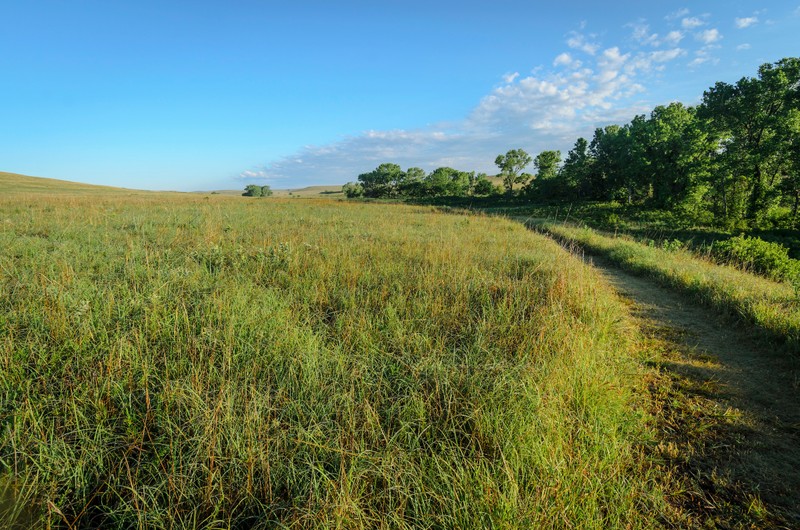
A walking trail at the Tallgrass Prairie National Preserve.
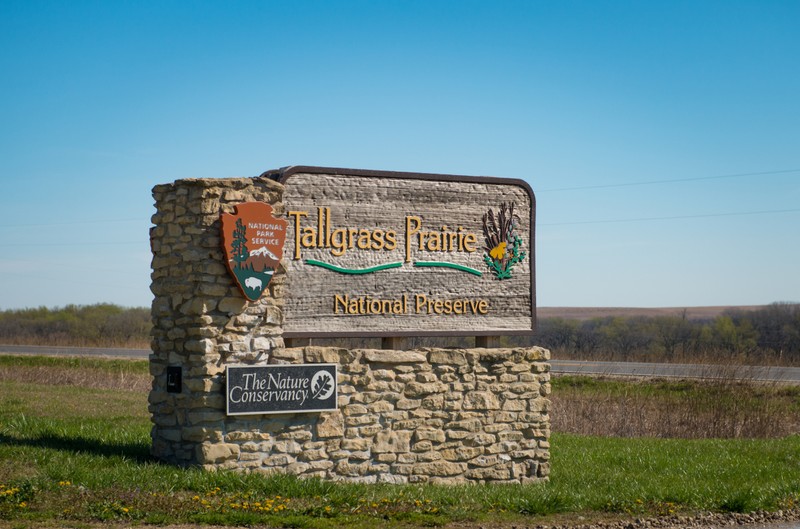
The Tallgrass Preserve is home to nature trails and provides opportunities for bird-watching, backpacking, and camping.
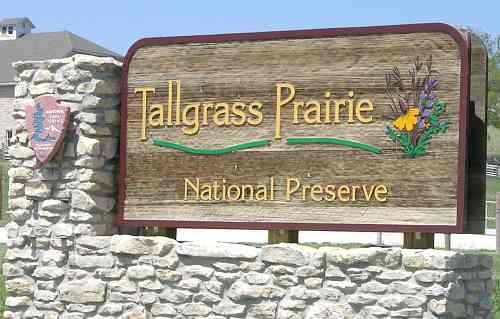
PrairyErth: A Deep Map-an award-winning exploration of the landscape and history in the Flint Hills of central Kansas
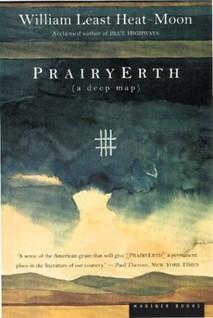
The Tallgrass Preserve is home to nature trails and provides opportunities for bird-watching, backpacking, and camping.
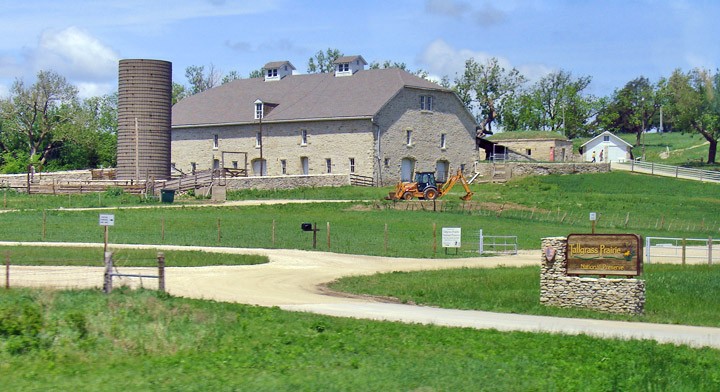
Backstory and Context
Text-to-speech Audio
The 1970s were a time of growing awareness of environmental issues in Kansas, especially surrounding the preservation of the tallgrass prairie. More than 170 million acres were once covered in tallgrass prairie, but now only about four percent of that remains due to agricultural use of the land. Today, much of the remaining tallgrass prairie can be found in the Flint Hills, protected by the Tallgrass Prairie National Preserve. The preserve’s existence is due to grassroots efforts by environmental activists, scientists, and concerned citizens.
One of the greatest challenges in creating the Tallgrass National Preserve was a lack of awareness and excitement about the prairie. This is where artist-activist Patricia DuBose Duncan came in. Duncan’s efforts were instrumental in raising awareness about the prairie’s beauty and scientific value. She became involved in prairie preservation efforts by chance: she happened to read an article about a professor at the University of Kansas who had been trying, unsuccessfully, to start a tallgrass national prairie park. Duncan combined art and activism, creating “art with a purpose” that centered on the prairie. Her work culminated in a Smithsonian Institution traveling exhibition, “The Tallgrass Prairie: An American Landscape,” which toured the United States from 1976 to 1986. The exhibit stirred public interest by sharing the prairie’s natural beauty and ecological importance.
Duncan’s efforts, along with those of other activists, succeeded in raising awareness about the tallgrass prairie, but there was still resistance. Ranchers in the area opposed the idea of the preserve because they believed the prairie was already being well managed by ranchers and that establishing a national preserve would bring too many visitors to the area, further damaging the prairie.
These back-and-forth debates, awareness campaigns, and grassroots efforts spanned more than two decades, from the 1970s until the 1990s, when a commission brought together both advocates and opponents of the park to find a compromise.
In 1996, the Tallgrass Prairie National Preserve opened as a public-private partnership. It is currently managed jointly by the National Park Service and The Nature Conservancy. Visitors can walk on nature trails, tour the historic Spring Hill Ranch, and view exhibits in the visitor center. The preserve is also home to a herd of bison, which serves a vital role in the tallgrass prairie ecosystem.
Cite This Entry
Admin, Clio and Humanities Kansas. "Tallgrass Prairie National Preserve." Clio: Your Guide to History. February 28, 2023. Accessed August 1, 2025. https://theclio.com/entry/1412
Sources
https://www.nps.gov/tapr/index.htm
https://www.humanitieskansas.org/get-involved/kansas-stories/nature/kansas-1972-think-globally-act-locally
Kansas Tourism
Kansas Tourism
